Tibet, often referred to as the “Roof of the World”, is an autonomous region in China with a unique culture and a complex history. It’s a land of high mountains, vast plateaus, and nomadic traditions, where Tibetan Buddhism is deeply ingrained in the lives of its people.
The current situation in Tibet is marked by political sensitivities and restrictions on access. While the Chinese government has invested in infrastructure and economic development, it also maintains strict control over religious and cultural practices. Human rights concerns, including restrictions on freedom of expression and religion, persist.
Despite the challenges, the Tibetan people are known for their resilience, their deep spirituality, and their vibrant cultural traditions. Their unwavering faith and connection to the land have shaped their unique way of life for centuries.
Culture and Possible Experiences:
Tibet’s rich cultural heritage, intertwined with its breathtaking natural beauty, offers a profound and transformative experience for travelers. Here are some possible experiences, keeping in mind the current limitations on access:
- Potala Palace: Explore the majestic Potala Palace in Lhasa, the former winter residence of the Dalai Lama, and a UNESCO World Heritage Site. Marvel at its intricate architecture, religious murals, and stunning views of the city.whc.unesco.org Potala Palace, Tibet
- Jokhang Temple: Visit the most sacred temple in Tibetan Buddhism, the Jokhang Temple in Lhasa. Witness pilgrims prostrating themselves before the Jowo Rinpoche, a sacred statue of the Buddha, and experience the spiritual atmosphere of this ancient site.www.tibettour.org Jokhang Temple, Tibet
- Mount Kailash: Embark on a pilgrimage to Mount Kailash, a sacred mountain revered by Buddhists, Hindus, Jains, and Bon followers. Trek around the mountain, visit the holy lakes of Manasarovar and Rakshastal, and experience the profound spiritual energy of this place.sacredland.org Mount Kailash, Tibet
- Tibetan Monasteries: Discover the serenity and tranquility of Tibetan monasteries like Sera, Drepung, and Tashilhunpo. Witness the daily lives of monks, attend prayer ceremonies, and learn about Tibetan Buddhist philosophy and practices.www.wondersoftibet.com Tashilhunpo Monastery, Tibet
- Nomad Life: Experience the nomadic lifestyle of the Tibetan people by visiting a nomadic camp and sharing a cup of yak butter tea. Learn about their customs, traditions, and their deep connection to the land.
Valid and Clickable Links for Further Information:
- Tibet Travel Permit: [invalid URL removed] (Please note that access to Tibet is currently restricted, and special permits are required for foreign travelers.)
- Culture of Tibet: https://en.wikipedia.org/wiki/Tibetan_culture
Important Considerations:
- Travel Restrictions: Be aware of the current travel restrictions and permit requirements for visiting Tibet.
- Altitude Sickness: As Tibet is located at a high altitude, it’s essential to acclimatize properly and be aware of the symptoms of altitude sickness.
- Cultural Sensitivity: Respect local customs and traditions, especially in religious settings.
- Currency: The official currency is the Chinese Yuan (CNY).
- Language: While Tibetan is the primary language, Mandarin Chinese is also widely spoken. Learning a few basic phrases in Tibetan can be helpful.
While traveling to Tibet presents challenges, it offers a unique and profound experience for those who are prepared and respectful of its culture and traditions. The land’s spiritual significance, breathtaking landscapes, and resilient people will leave a lasting impression on any visitor.
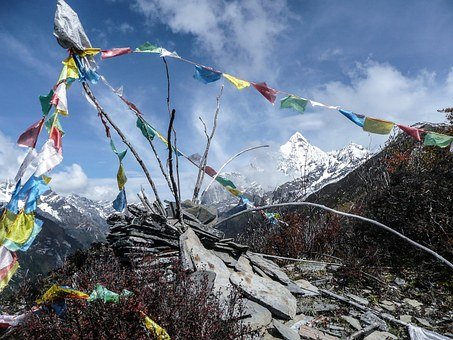
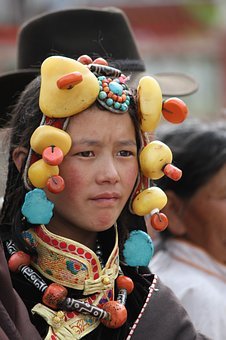
If you book more than one travel service for your trip or holiday using the links on this site, for example both hotel accommodation and flights, you will NOT benefit from rights applying to packages under Directive (EU) 2015/2302. Uramble.com and Google will not be responsible for the proper performance of any travel services. In case of problems, please contact the relevant service provider. Check with your insurance -or credit card provider.
HERE YOU FIND THE OPPORTUNITIES FOR 3 TYPES OF ACTIVE HOLIDAYS!
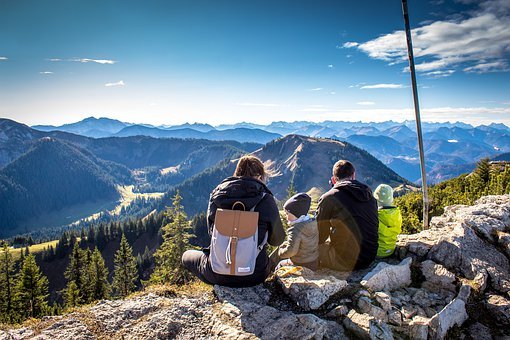
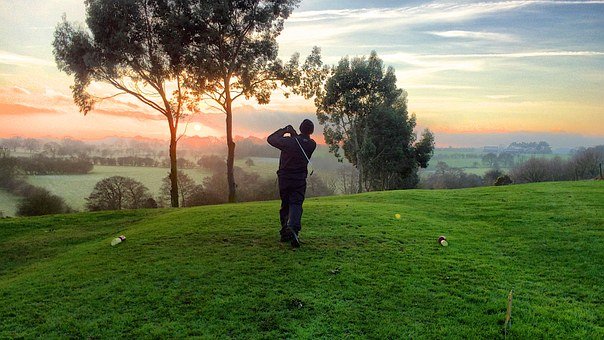
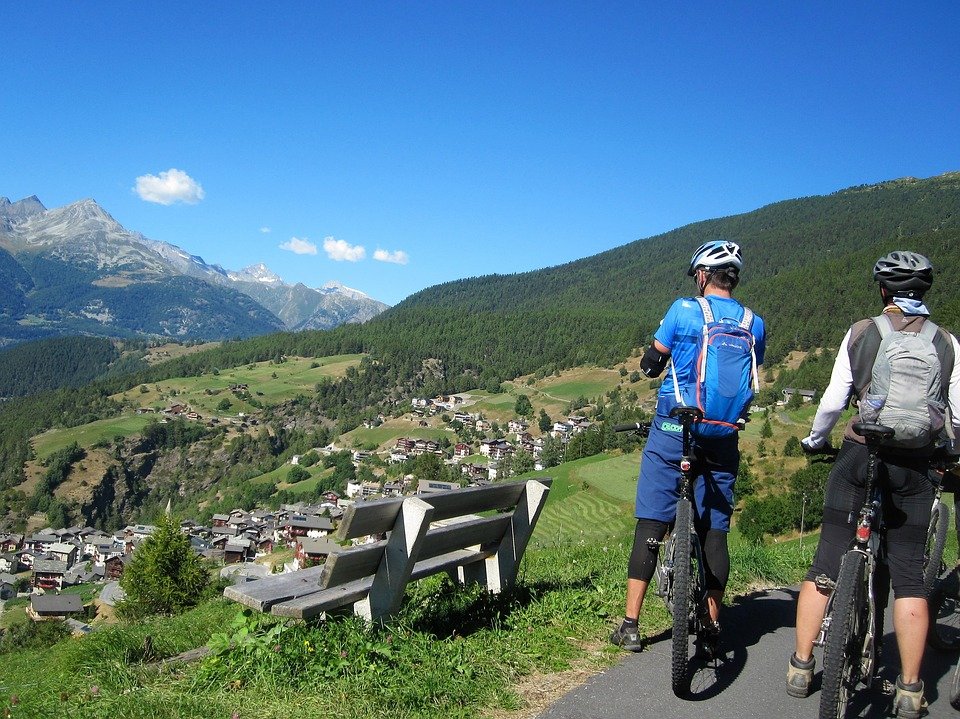

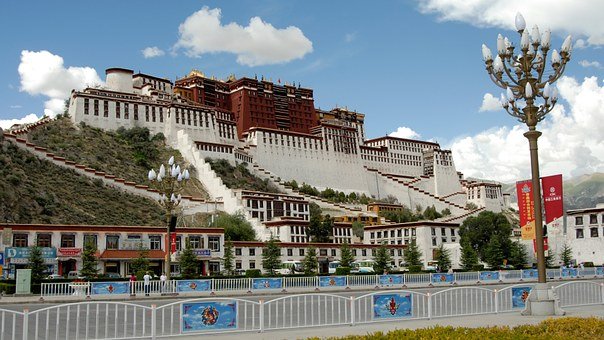
Tell us about an experience or share some information